- DroidAfrica
- Huawei
- Huawei Y8P
Huawei Y8P
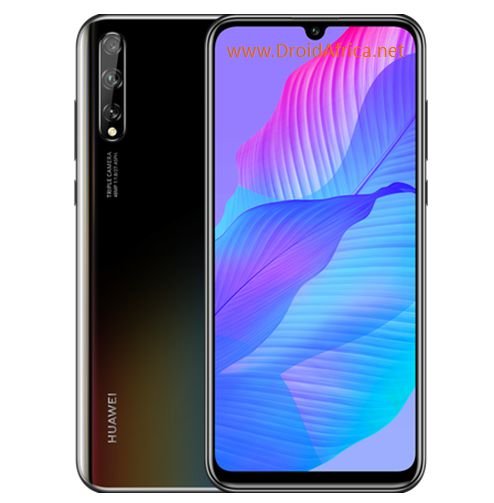
Huawei Y8P Highlights and Overview
The Huawei Y8P is the higher variant of the Y7P launched earlier this year, 2020 of course. Although both phones has same CPUs, but the new comer still has few upgrades over the Y7p, some of which includes the use of an AMOLED screen with in-screen fingerprint scanner, larger front facing camera and the presence of a USB Type-C interface.
As for the specifications, you are getting a 6.3-inch display with 1080 x 2400 pixels resolution, while a U-shaped notch seats above the screen. Hardwise wise, there is the HiSilicon Kirin 710F, an octa-core 12nm CPU clocked at 2.2GHz, along with Mali-G51 GPU, 4/6 GB RAM and 128 GB internal storage, expandable by microSDXC up to 256 GB.
On the camera department, there is a triple camera sensors at the back; the main snapper is a 48-megapixel sensor along with a secondary 2-megapixel macro and a large 8-megapixel ultra-wide angle lens. As for selfie, there is a 16-megapixel f/2.0 apertured lens in the display cut-out upfront.
Interestingly, the Y8P support in-screen fingerprint scanner and come with hybrid dual SIM with 4G LTE on both SIMS. The device is available in Breathing Crystal and Midnight Black colors. It has a 4000mAh battery and runs on EMUI v10.1 based on Android 10. The full specs and features of the Huawei Y8P are detailed in the specification table below.
Huawei Y8P Full Specifications and Features
NETWORK
| Technology | GSM / CDMA / HSPA / LTE |
| 2G Network Bands |
GSM 850 / 900 / 1800 / 1900 - SIM 1 & SIM 2 CDMA 800 & TD-SCDMA |
| 3G Network Bands | HSDPA 850 / 900 / 1900 / 2100 |
| 4G Network Bands | LTE band 1(2100), 3(1800), 5(850), 7(2600), 8(900), 34(2000), 38(2600), 39(1900), 40(2300), 41(2500) |
| 5G Network Bands | Does not have support for 5G Network |
| Speed | HSPA 42.2/5.76 Mbps, LTE-A (2CA) Cat6 400/50 Mbps |
LAUNCH
| Also Known As |
- - |
BODY
| Dimensions | 157.4 x 73.2 x 7.8 mm |
| Weight | 163 grams |
| Build | Front glass, plastic back |
| SIM Type | Hybrid Dual SIM (Nano-SIM, dual stand-by) |
DISPLAY
| Display Type | AMOLED capacitive touchscreen, 16M colors |
| Size | 6.3 inches, 95.8 cm2 (~83.2% screen-to-body ratio) |
| Resolution | 1080 x 2400 pixels, 20:9 ratio (~418 ppi density) |
PLATFORM
| Operating System | Android 10; EMUI 10.1 |
| Chipset | Hisilicon Kirin 710F (12 nm) |
| CPU | Octa-core (4x2.2 GHz Cortex-A73 & 4x1.7 GHz Cortex-A53) |
| GPU | Mali-G51 MP4 |
MEMORY
| RAM + ROM | 4/6 GB |
| Card Slot | Yes, up to 1TB via microSD card (uses dedicated slot) |
MAIN CAMERA
| Camera Type | Triple Lenses |
| Camera Sensor(s) | 48 MP + 8 MP + 2 MP main camera |
| Camera Features |
Autofocus Continuous shooting Digital zoom Digital image stabilization Geotagging Panorama HDR Touch focus Face detection White balance settings ISO settings Exposure compensation Self-timer Scene mode Sensor size - 1/2.8" Pixel size - 1.12 μm Phase detection 6-element lens 2-megapixel depth sensor (second camera) 8-megapixel ultra-wide lens |
| Video Resolution | 1080p@30fps, 720p@30fps |
SELFIE CAMERA
| Camera Type | Single Lens |
| Camera Sensor(s) | 16 MP punch hole selfie |
| Camera Features |
HDR+ scene recognition, AI FaceID f/2.0 aperture |
| Video Resolution | 1080p@30fps |
SOUND
| Loudspeaker | Yes |
| Speaker Location | Chin, below display |
| Audio Jack Type | Yes, 3.5mm audio jack |
CONNECTIVITY
| Bluetooth | Bluetooth 5.0, A2DP, LE |
| NFC | |
| GPS | Yes, with A-GPS, GLONASS, BDS |
| FM Radio | FM radio |
BATTERY
| Battery Capacity | Non-removable Li-Po 4000 mAh battery |
| Wireless Charging | No |
| Talk Time Talk Time is the longest time that a single battery charge will last when you are constantly talking on the phone under perfect conditions, Ambient temperature and highly dependent on the cellular network environment such as the distance to the closest cell network tower. | Up to 29 hours |
| Stand-by | Up to 500 hours |
OTHER FEATURES
| Sensors | Fingerprint (side-mounted), accelerometer, proximity, compass |
| Box Contents | Charging Brick / USB cable |
Huawei Y8P User Reviews and Opinions
Comments 4
Leave a Reply
Disclaimer Note
This specification was entered manually, hence we CANNOT guarantee 100% accuracy. Any error? Let us know in the comment section.






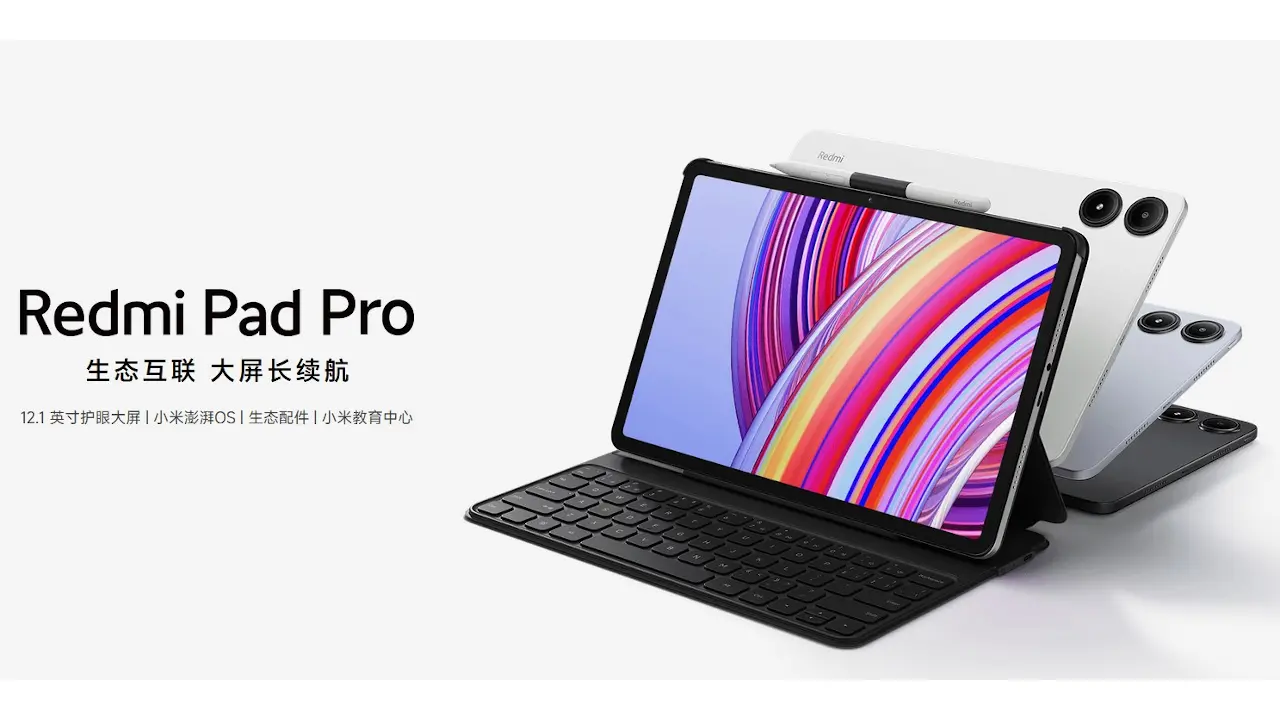
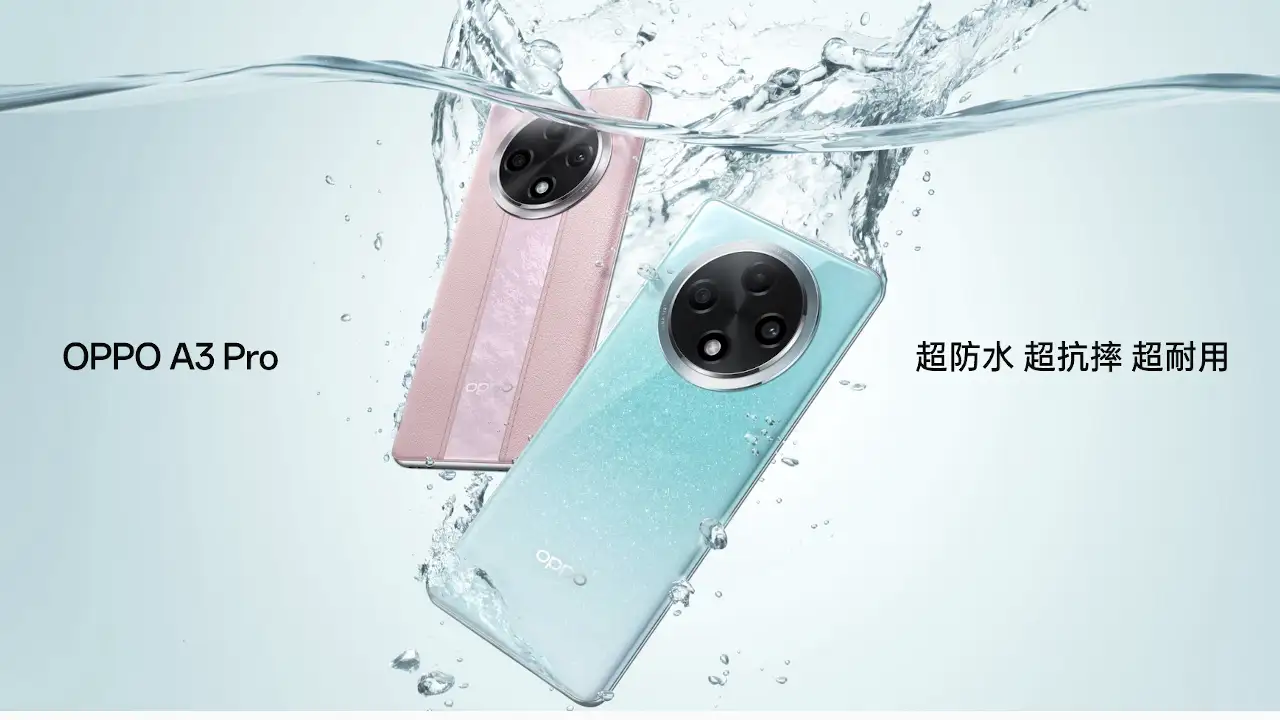

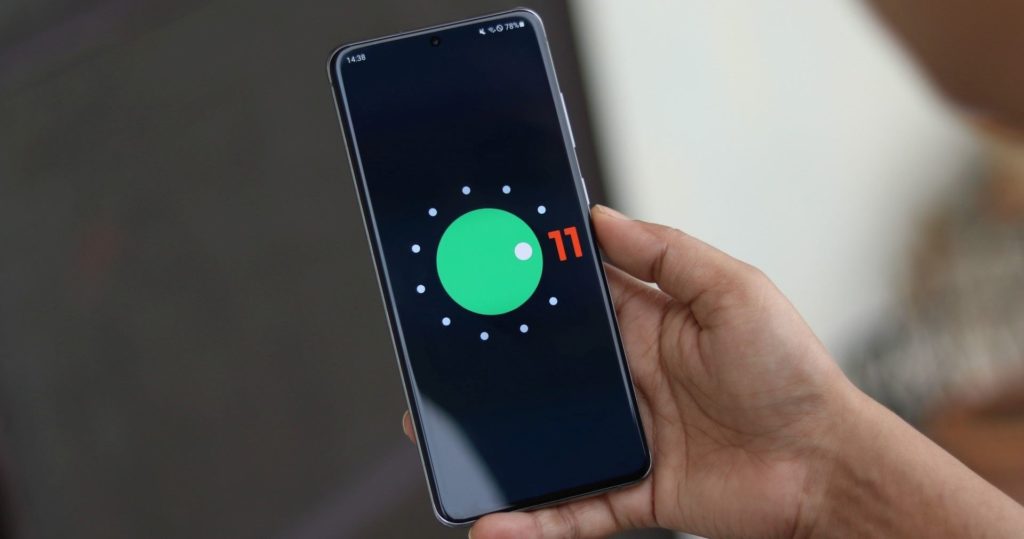
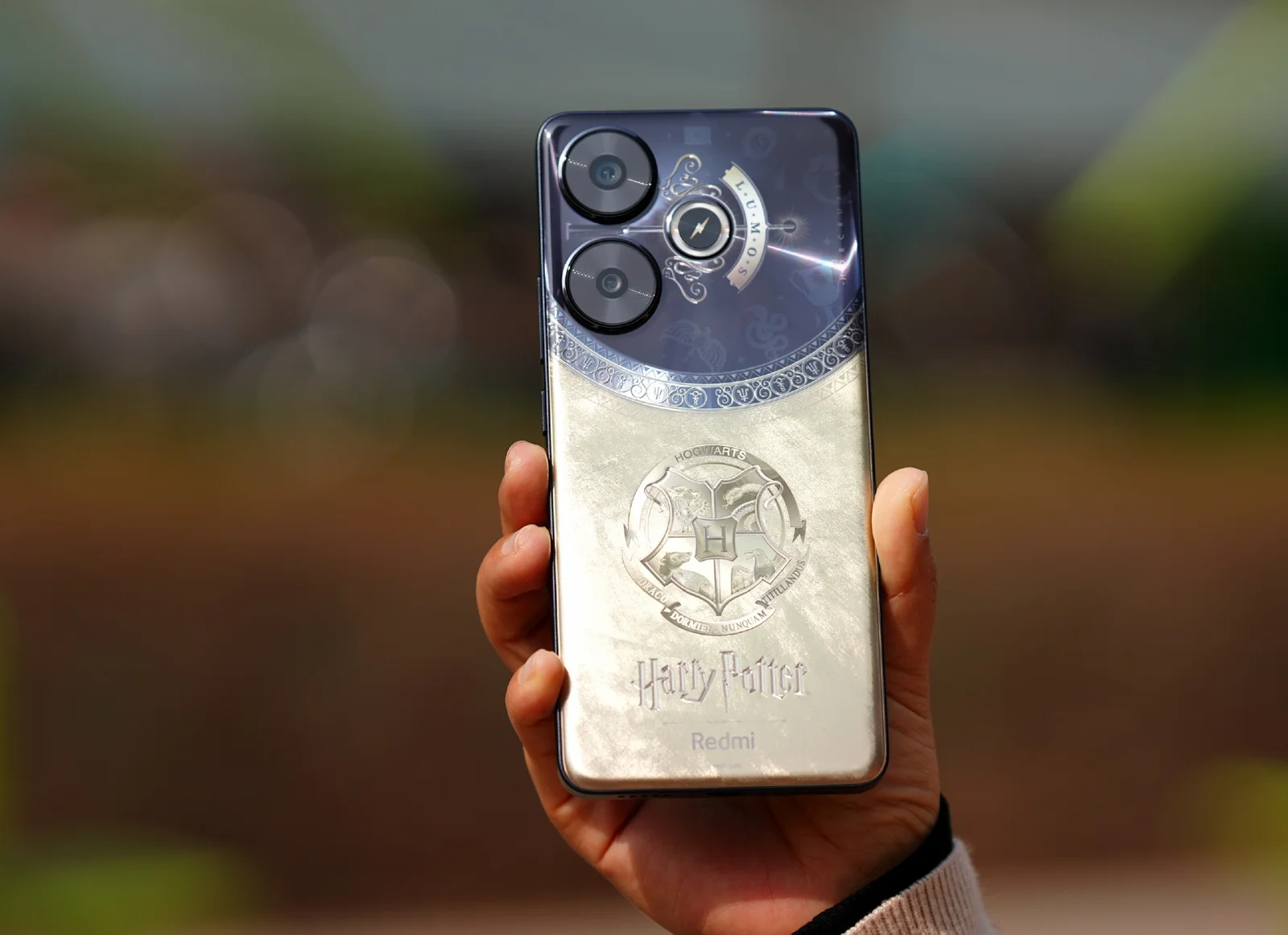
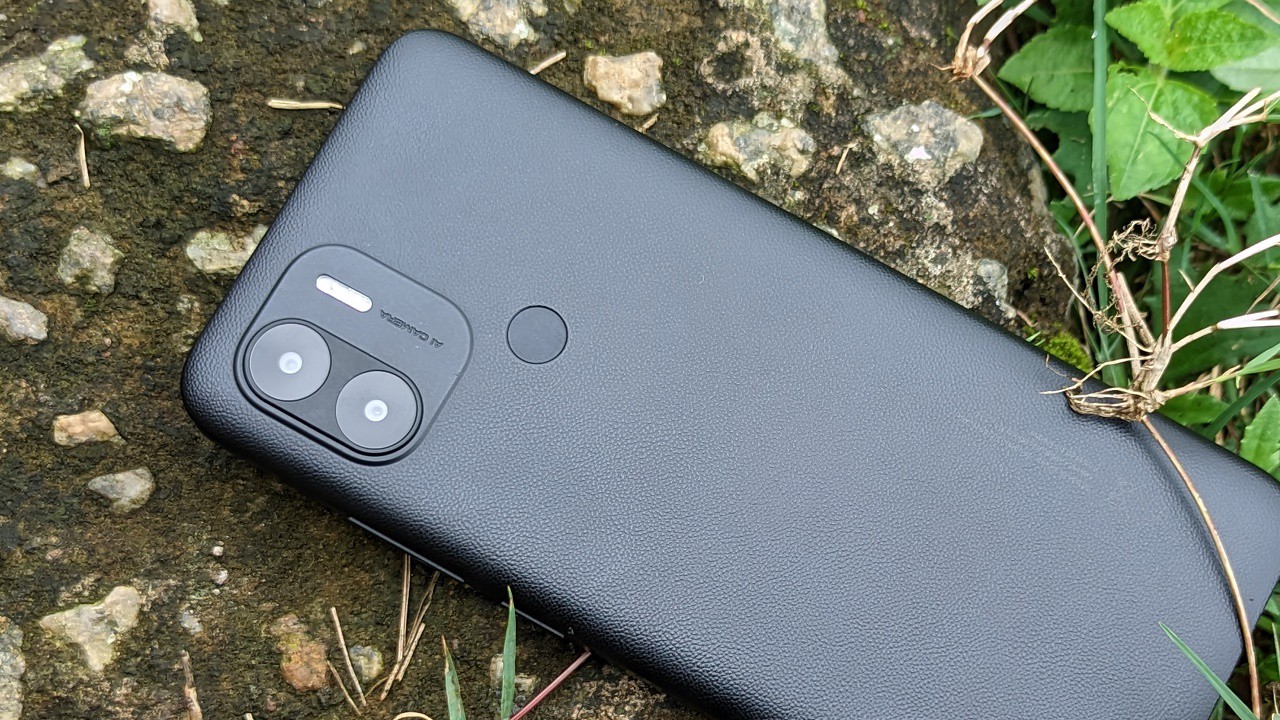
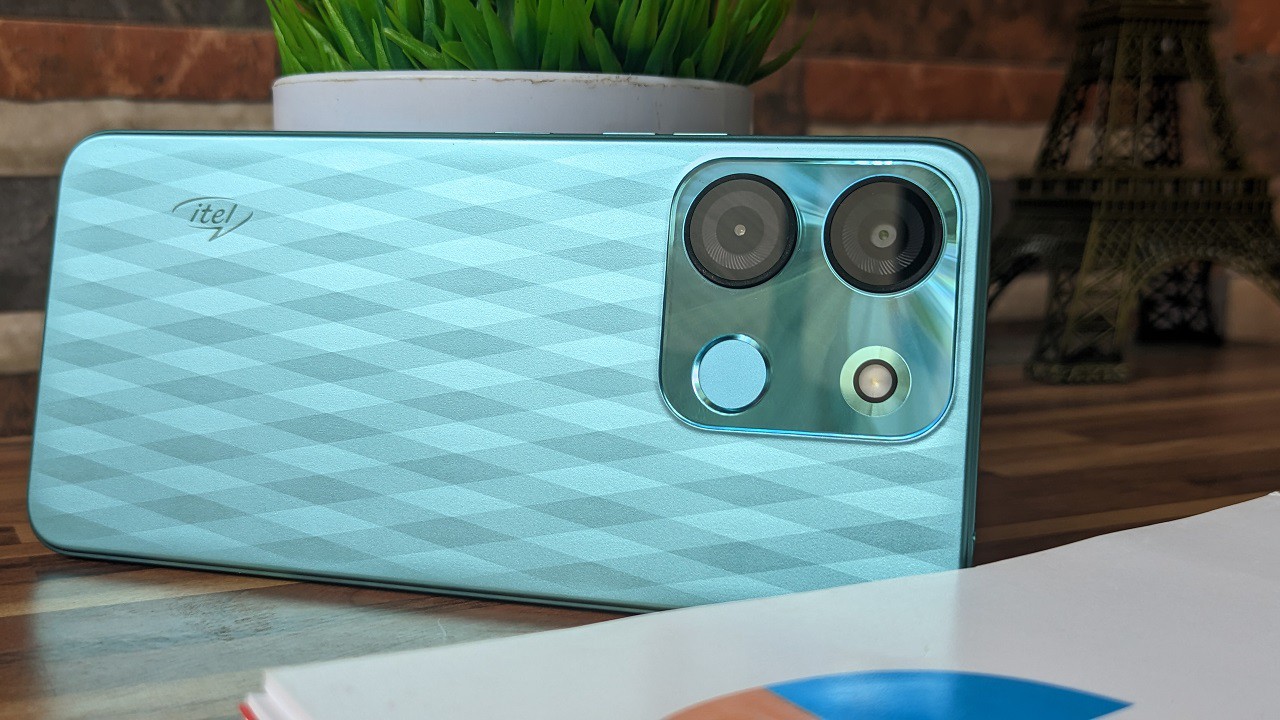
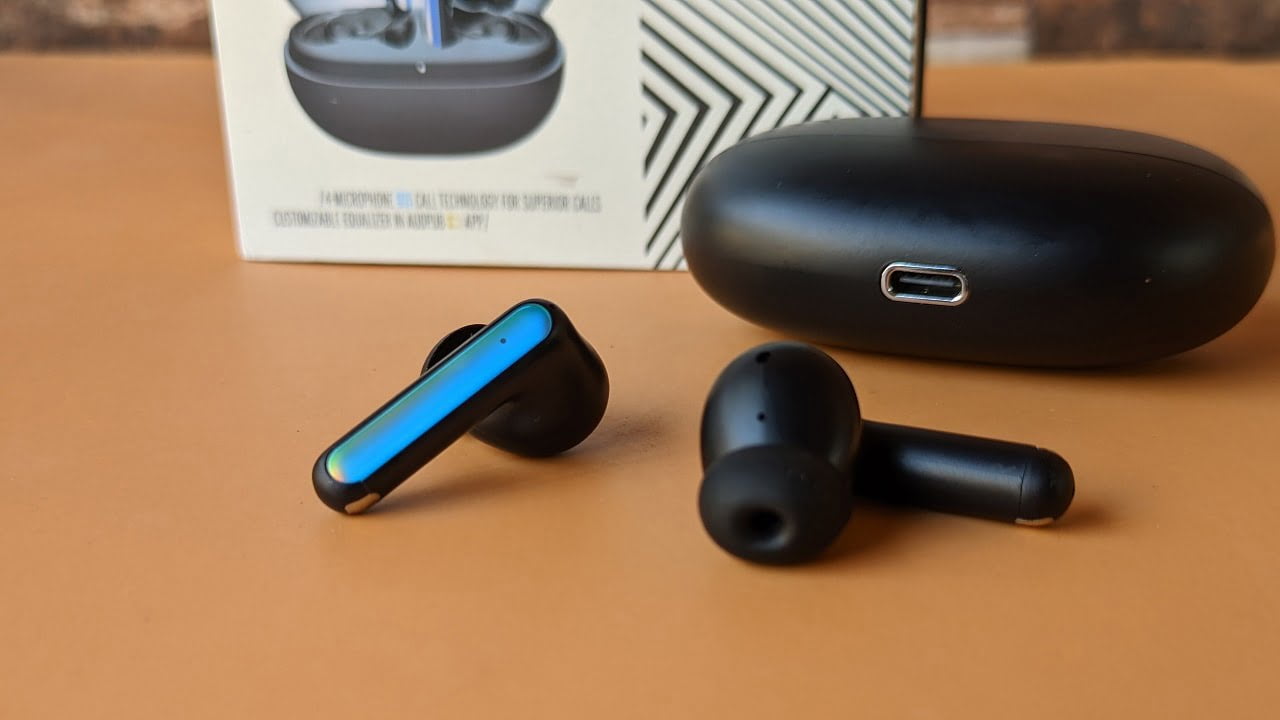
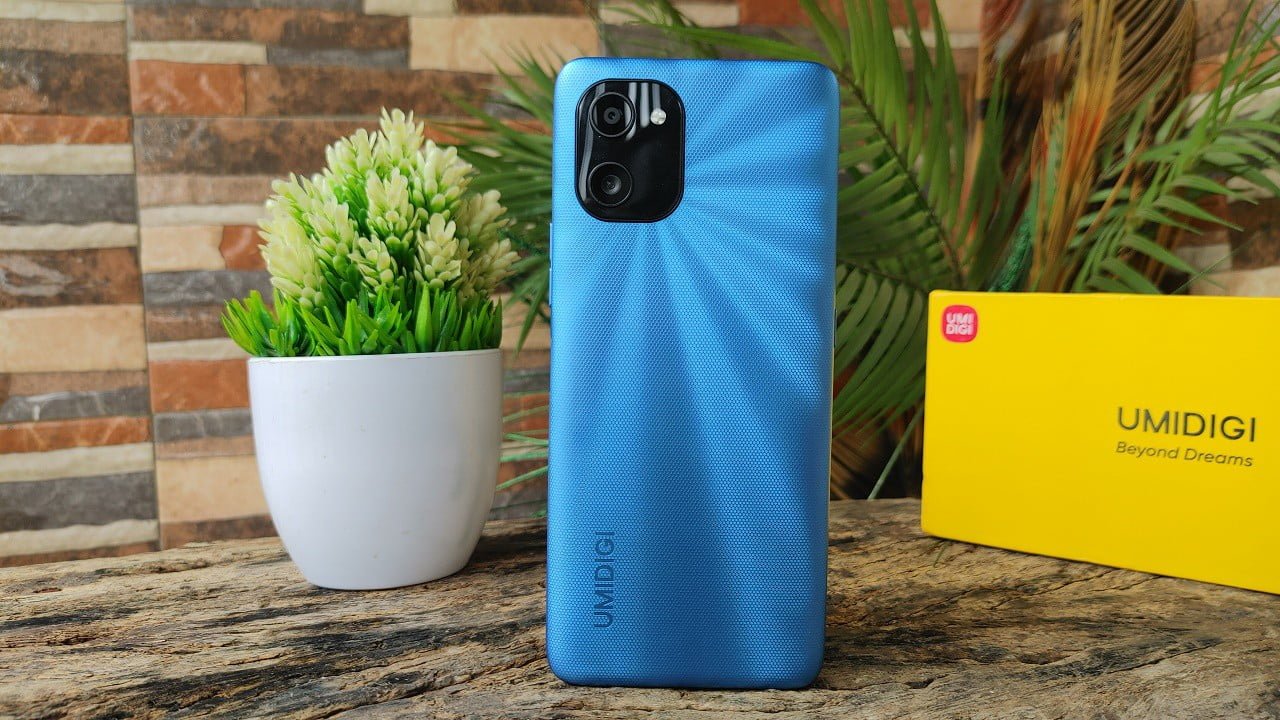
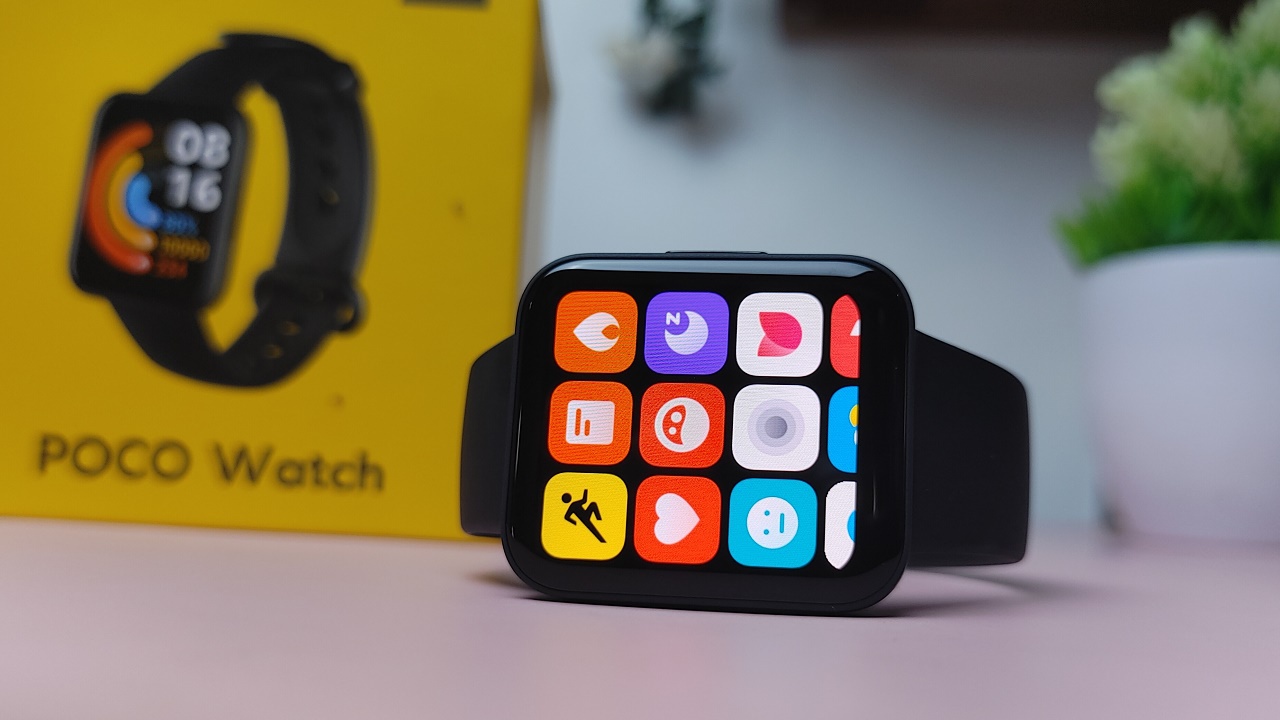
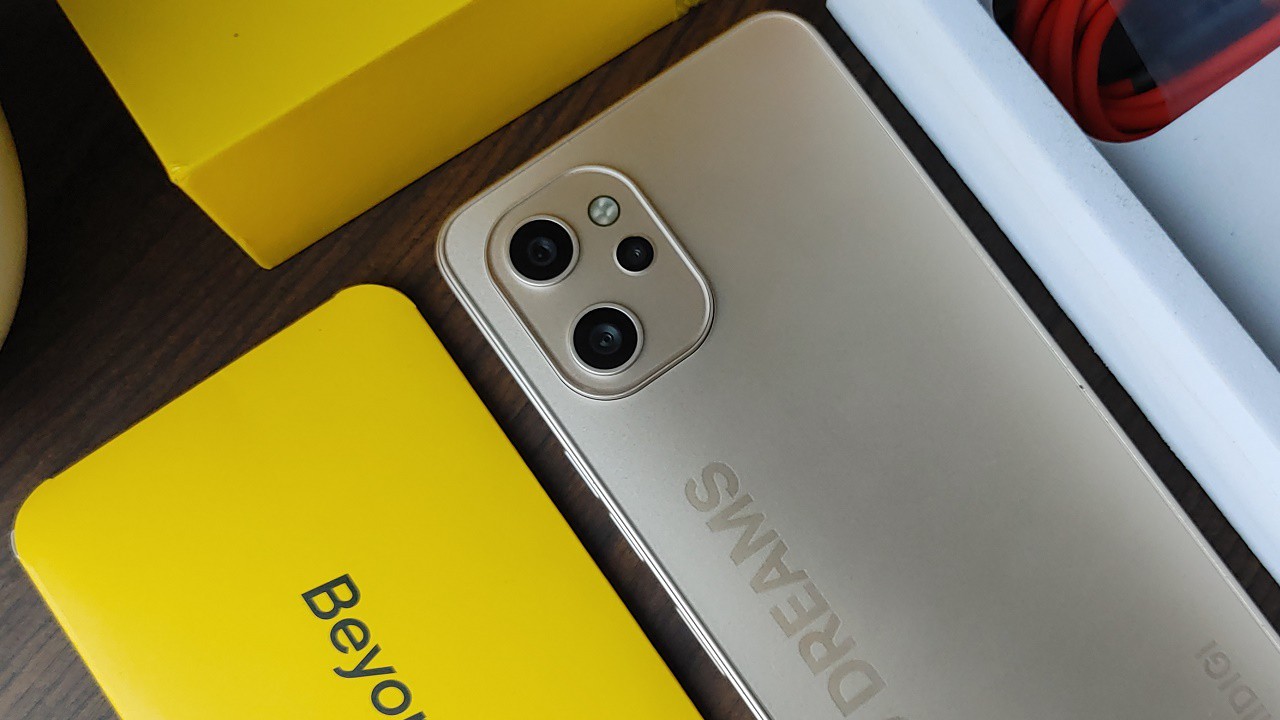
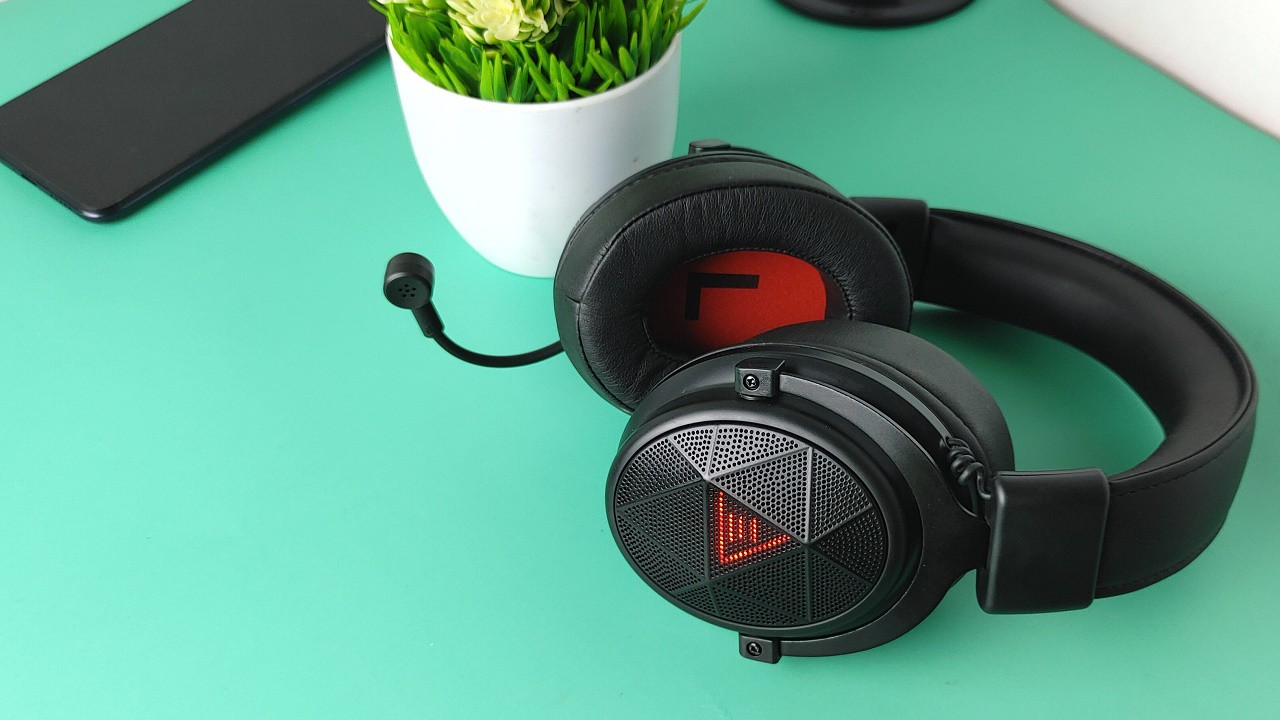

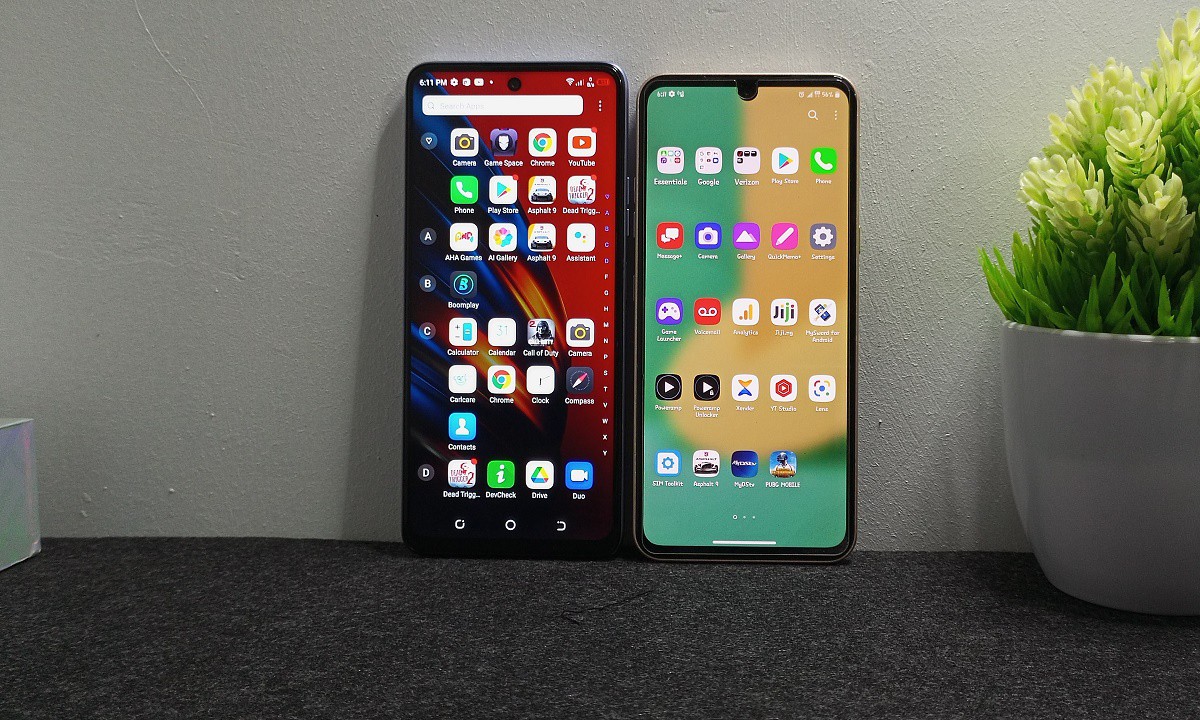
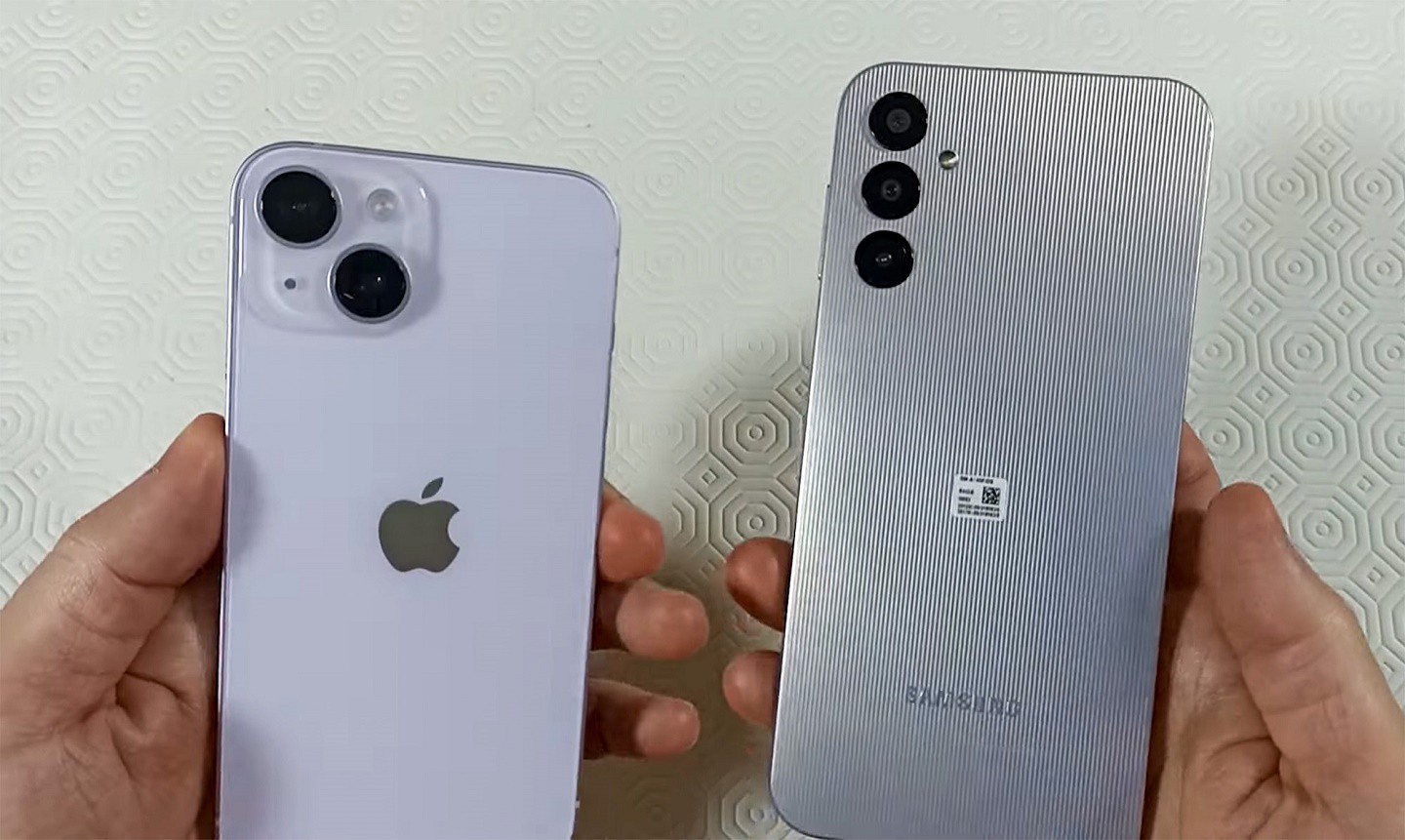
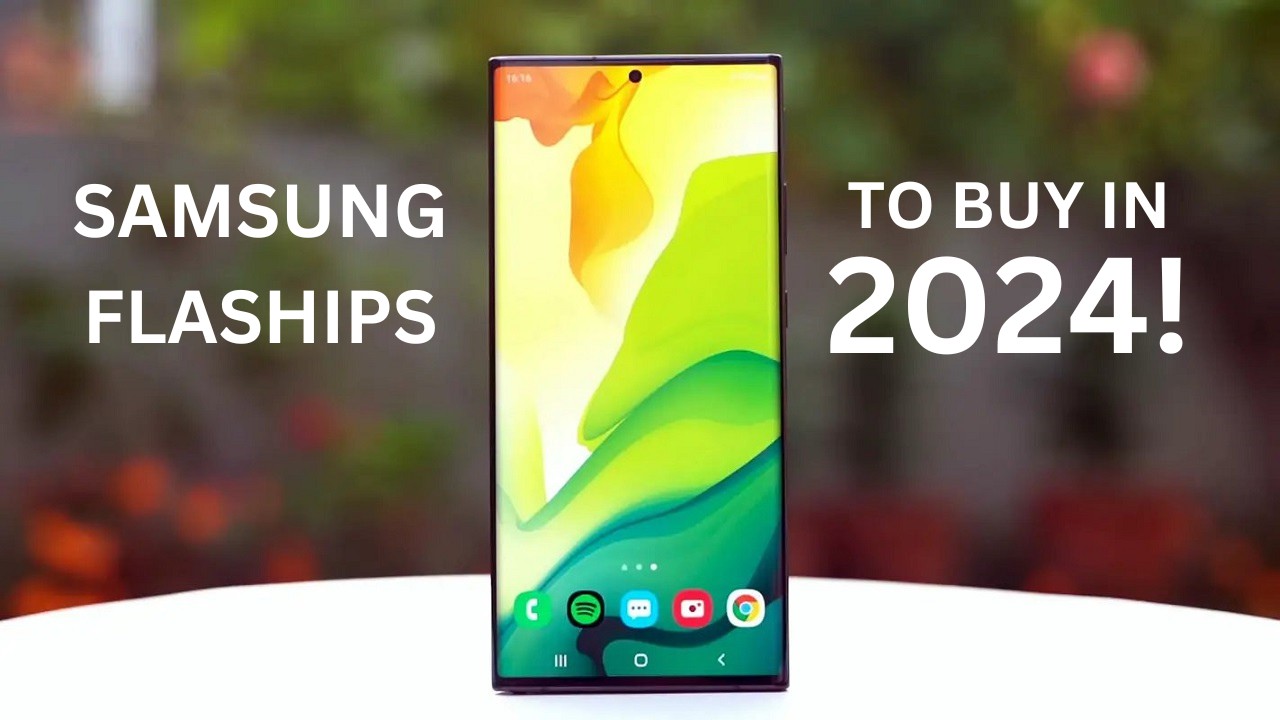
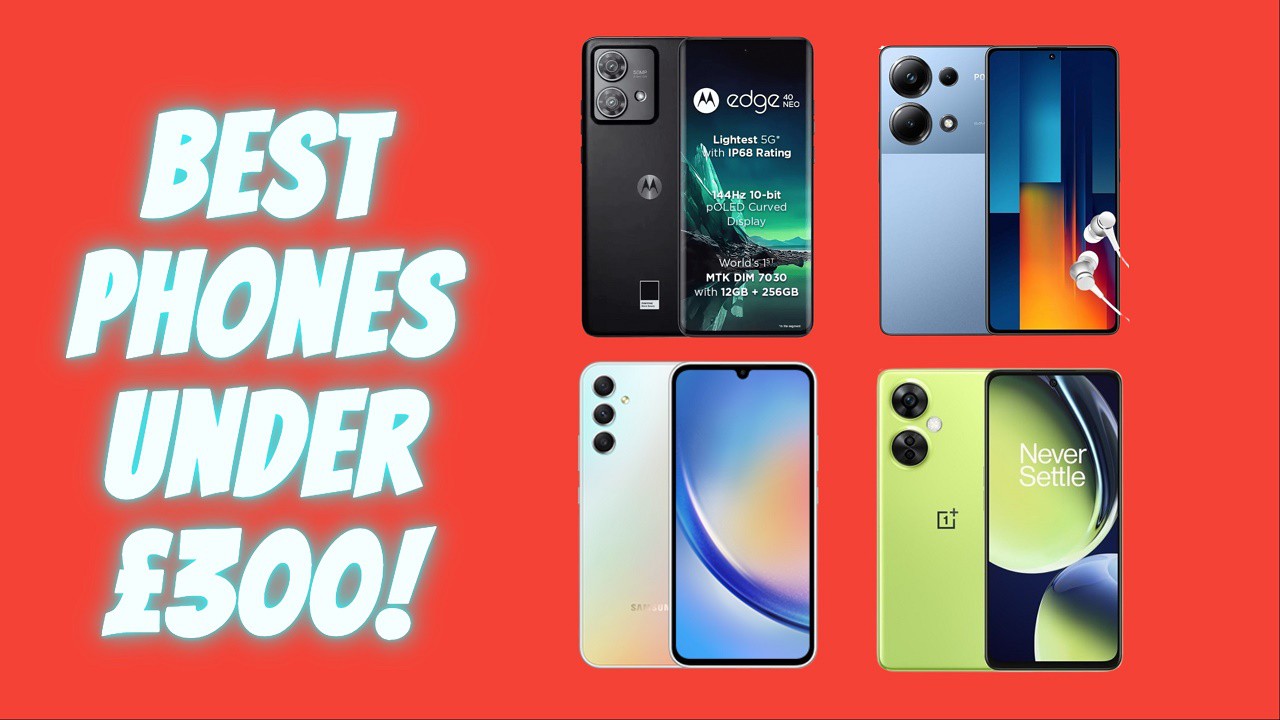
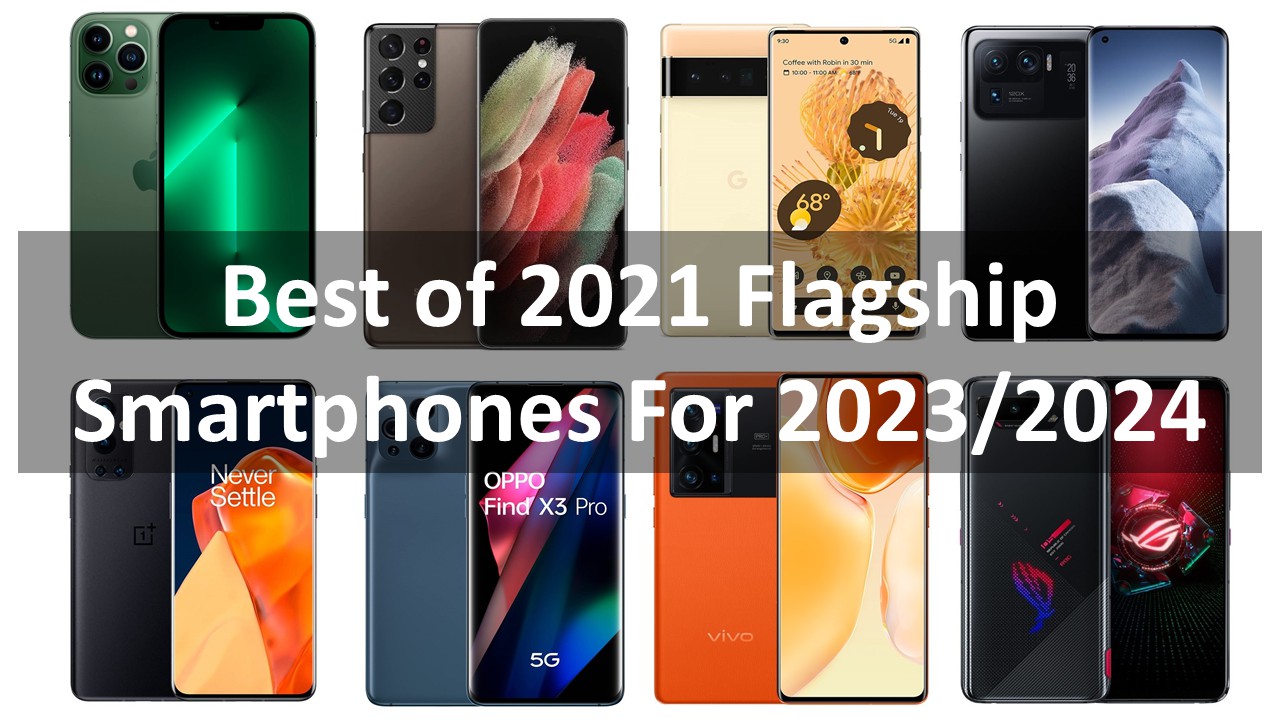
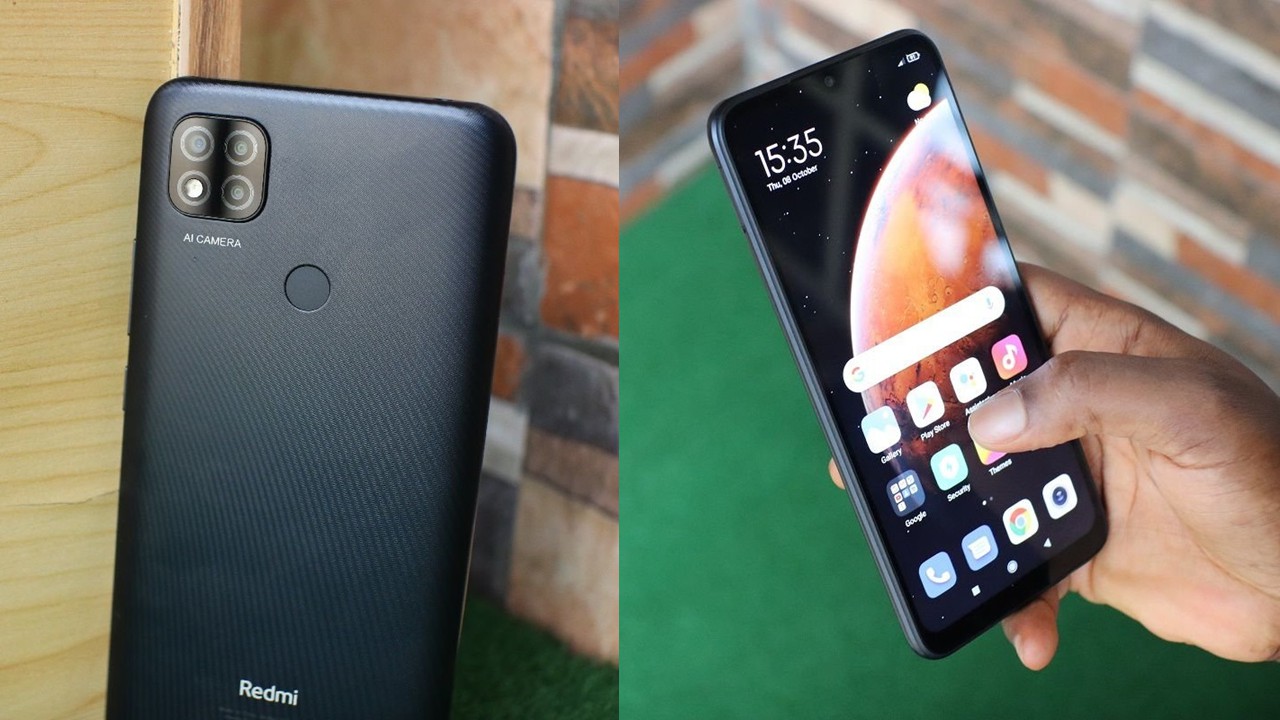

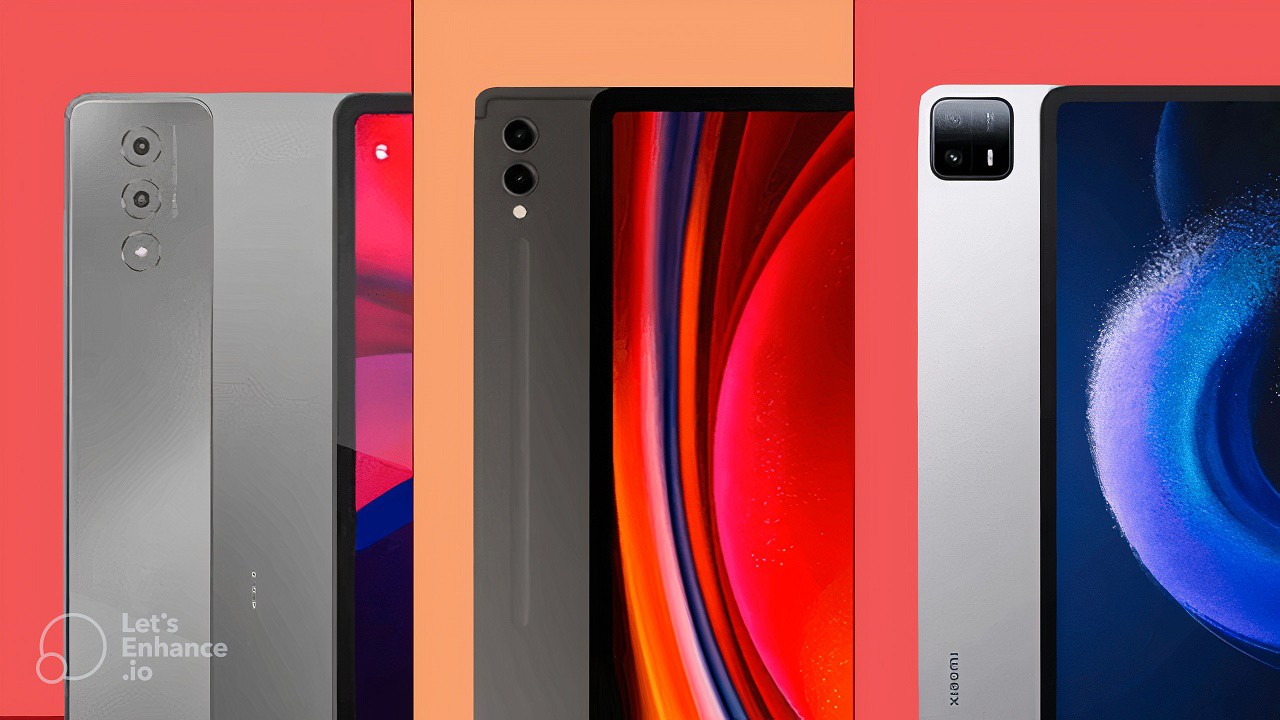
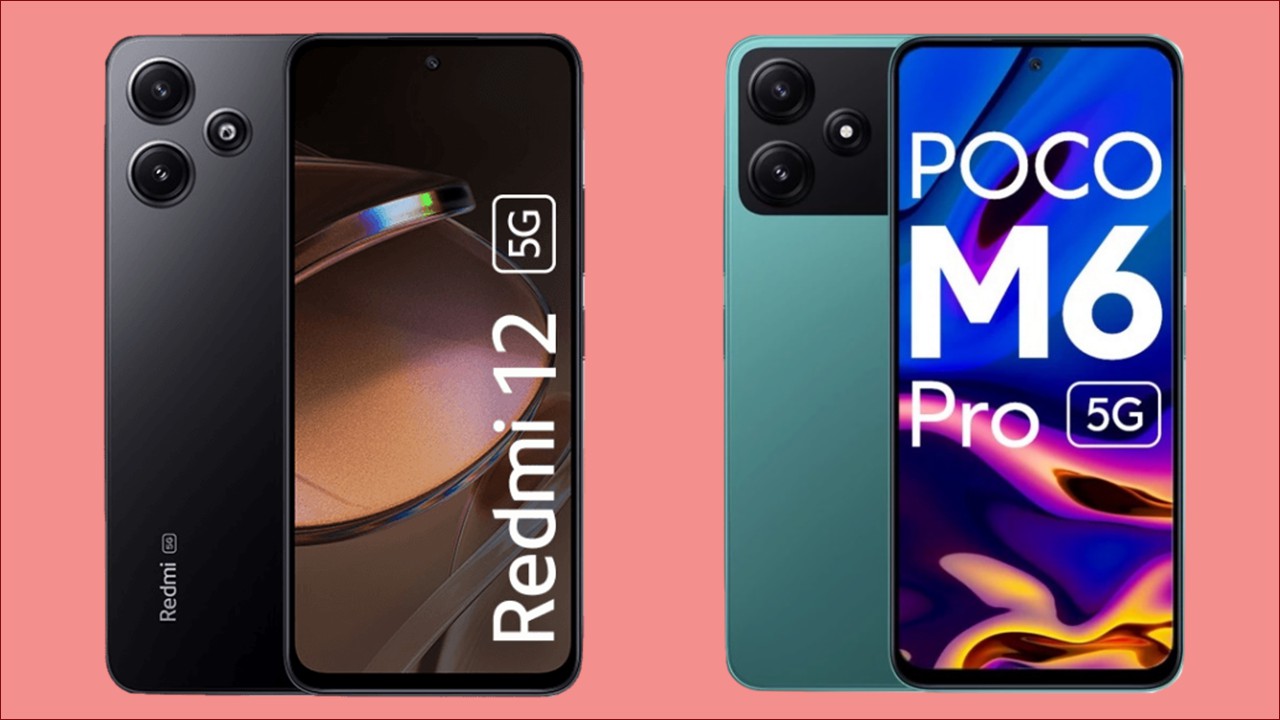
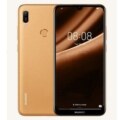
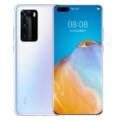
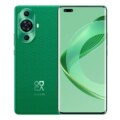
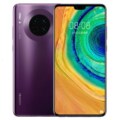
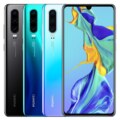
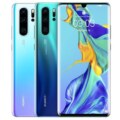
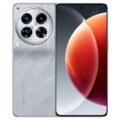
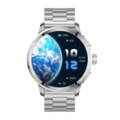
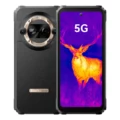
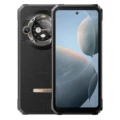
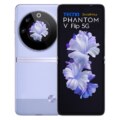
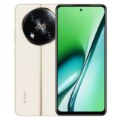

This phone is my nightmare… I had been sad since I got it.. My phone number is not showing in whatsapp everything is wrong about it
Have you tried visiting Huawei care center?
Not yet though….
I went to buy the phone and I need someone to tell me about it